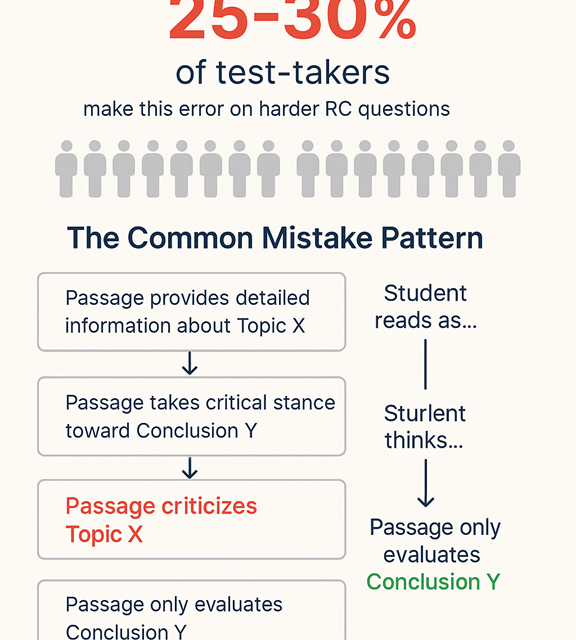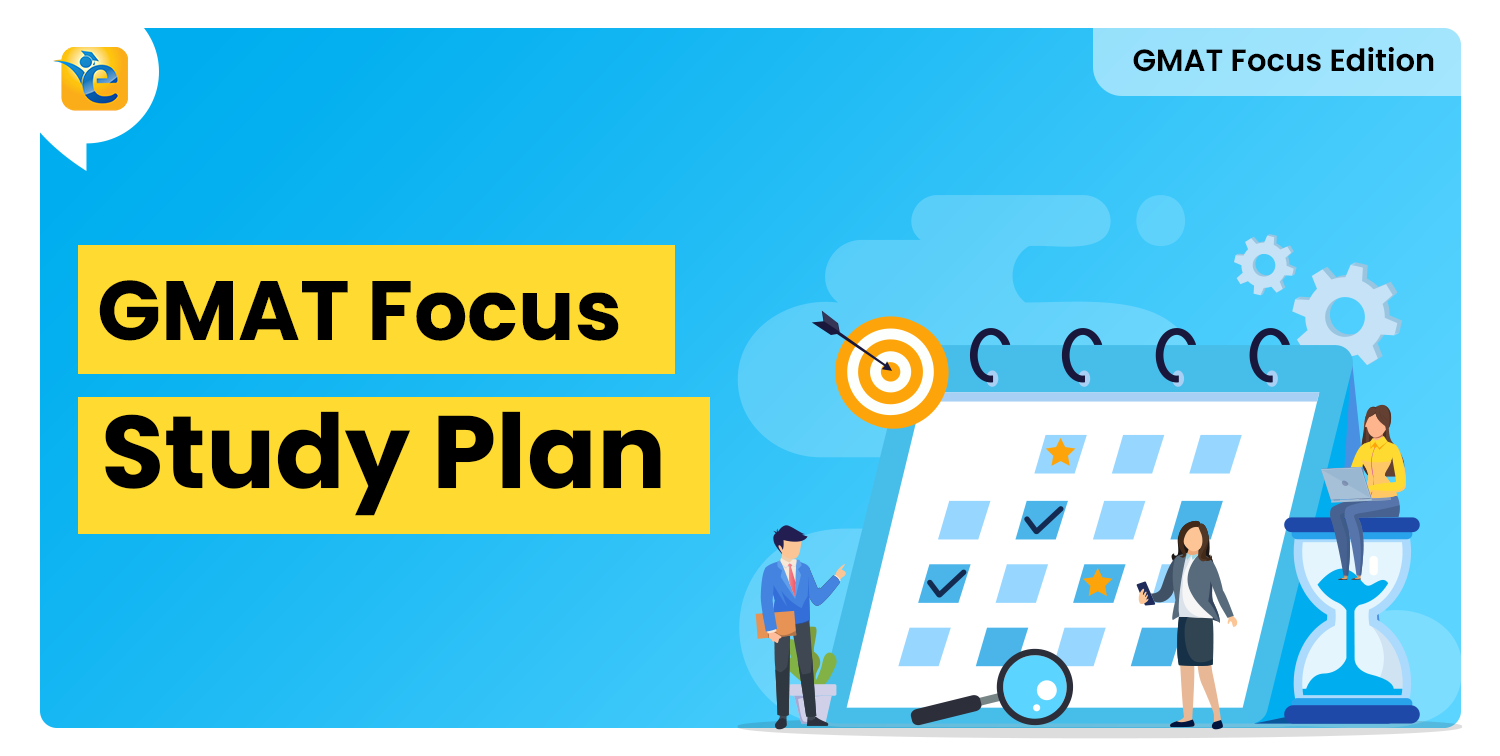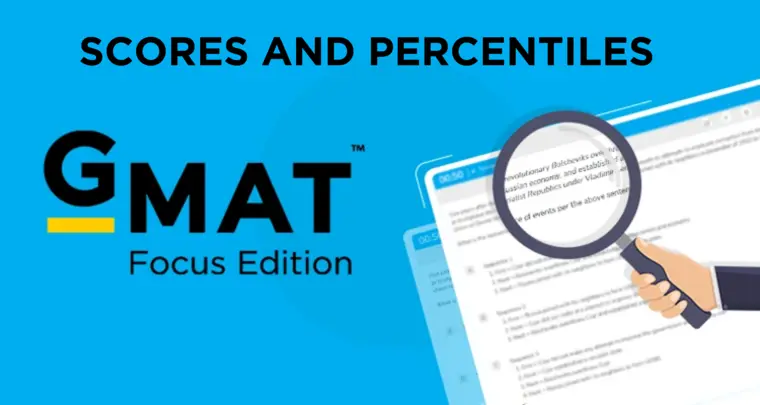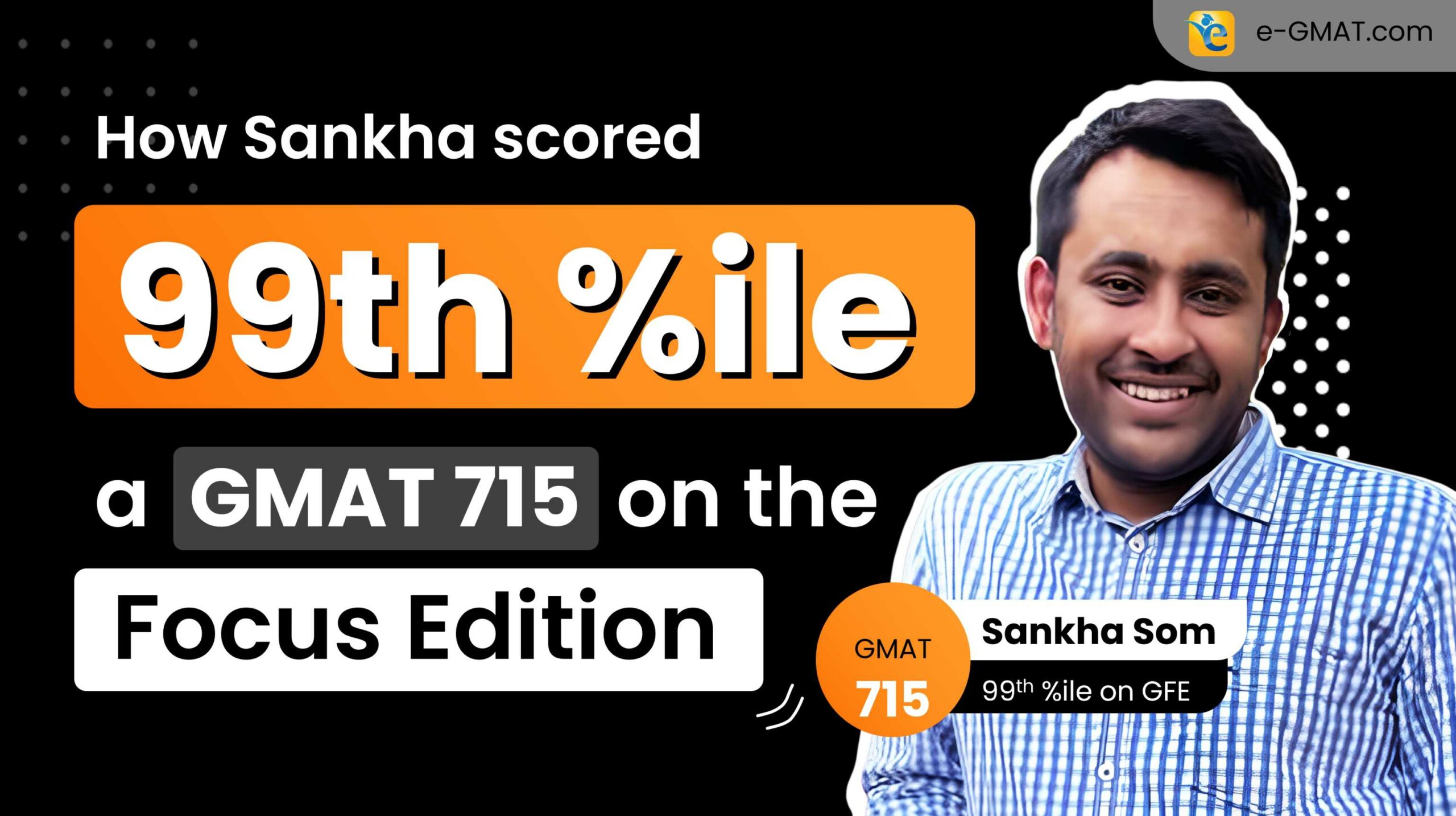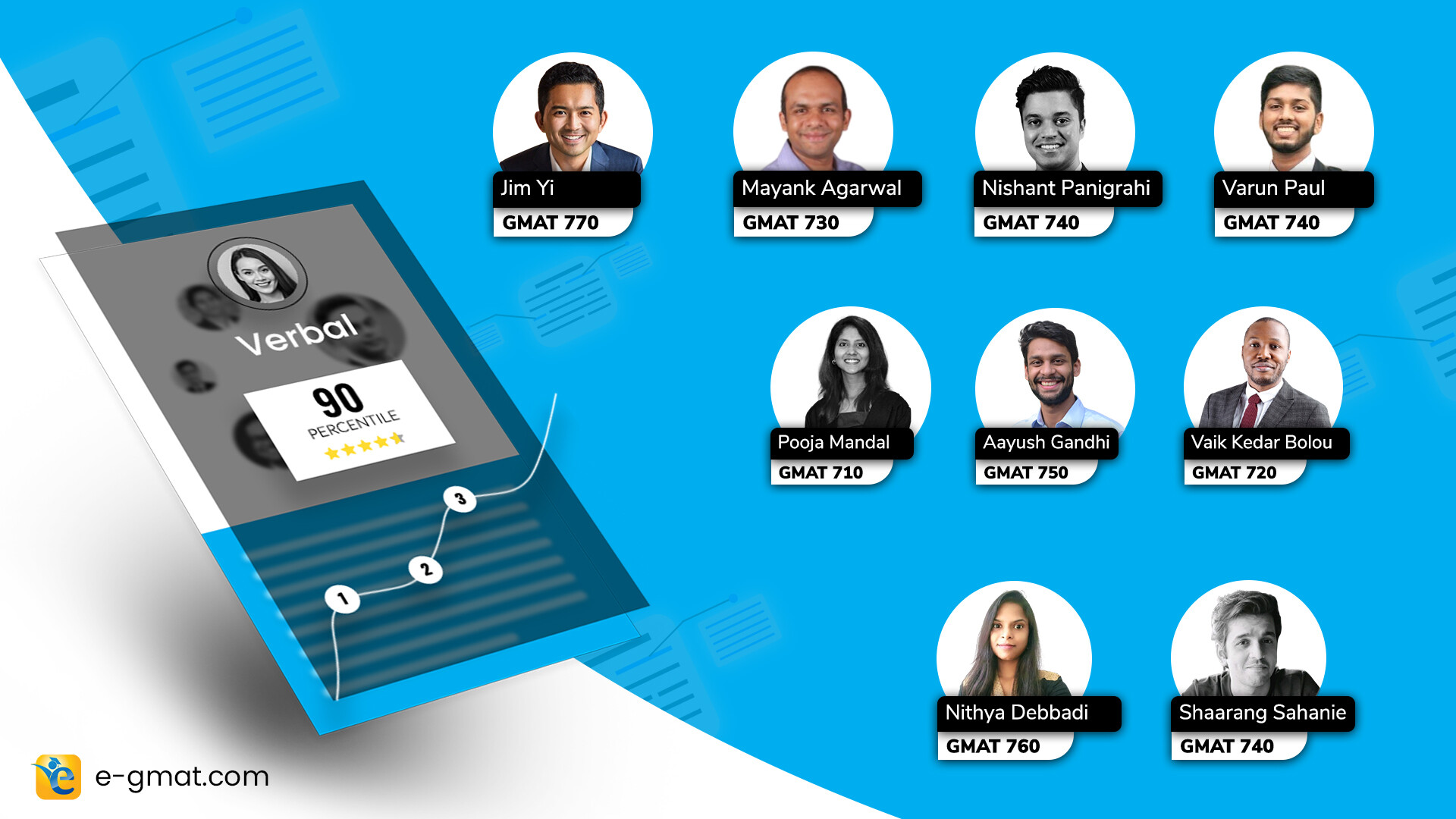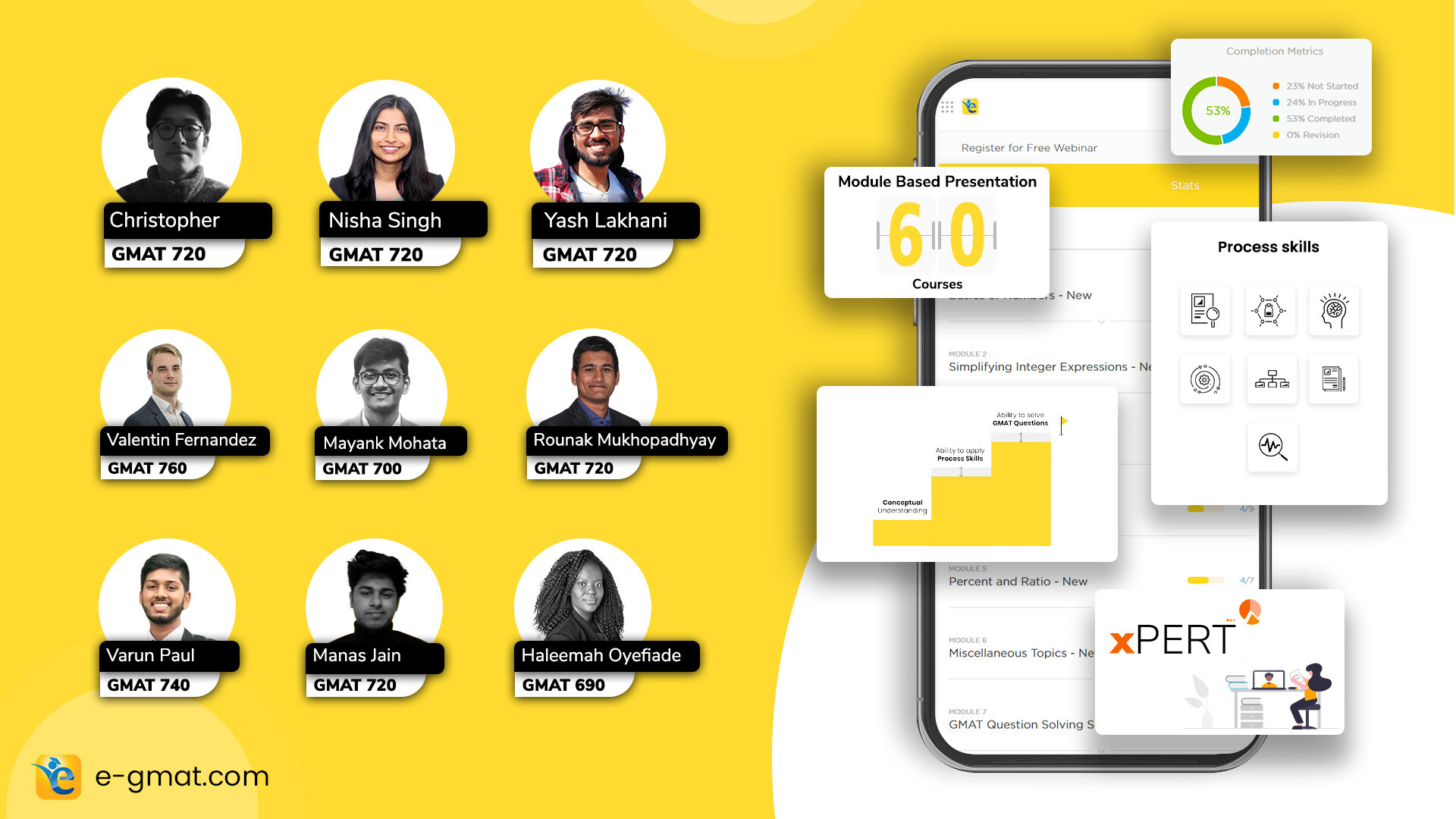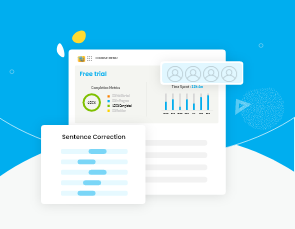When GMAT test-takers encounter Reading Comprehension questions asking about an author’s stance, they often fall into a fundamental trap: confusing what the passage discusses in detail with what the passage actually takes a position on. This error affects approximately 25-30% of test-takers on harder RC questions, making it one of the most common yet preventable mistakes.
Key Insights About This Critical RC Distinction:
Understanding the difference between what a passage discusses versus what it evaluates is crucial for RC success:
- Common Error: Confusing detailed descriptions with the author’s actual stance
- Impact: Affects 25-30% of test-takers on harder RC questions
- Solution: Apply the “Description vs. Evaluation” framework
- Skill Development: Master “stance detection” to identify where authors position themselves
Understanding the Core Mistake
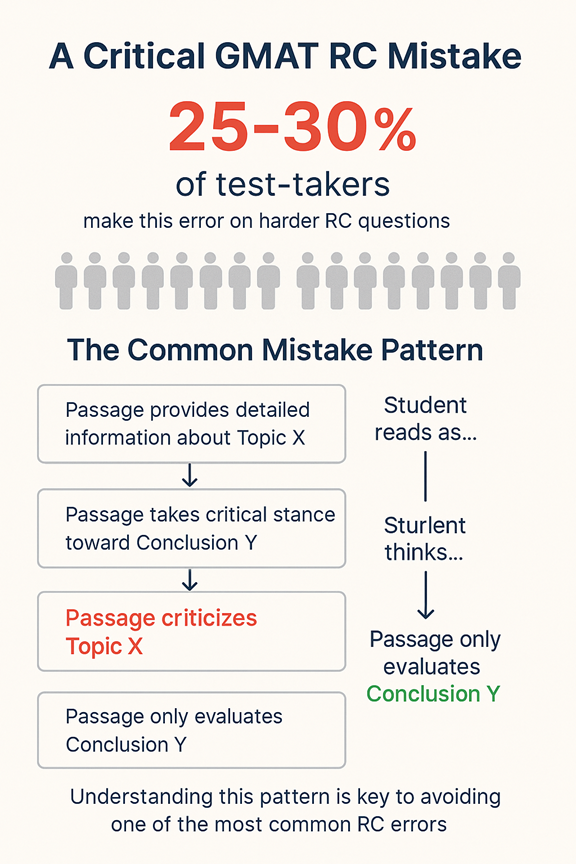
A Simple Example
Imagine reading this brief passage:
Example Passage
“Many companies have implemented open office designs, which feature shared workspaces and minimal barriers between employees. However, recent productivity studies show these designs actually decrease employee focus by 15%. This challenges the assumption that open offices improve collaboration.”
If asked “What does the passage suggest about open office designs?”, many readers incorrectly think: “The passage criticizes the physical features of open offices” because shared workspaces are discussed extensively. But the passage actually describes the physical features neutrally while challenging only the productivity assumptions about those features.
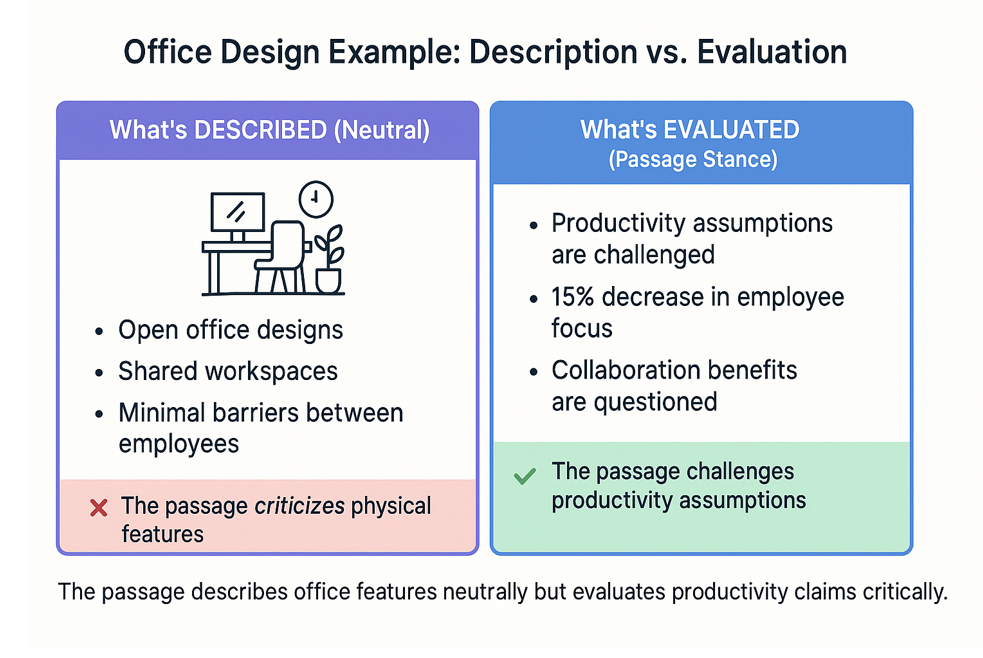
How This Principle Manifests in GMAT RC
GMAT passages frequently present information, theories, or claims, then evaluate specific aspects of them. The trap occurs when:
- The passage provides detailed information about topic X (neutral description)
- The passage takes a critical stance toward conclusion Y (evaluative position)
- Test-takers mistakenly think the passage criticizes X, rather than distinguishing between what’s merely described versus what’s actually evaluated
This pattern appears across all RC topics – business strategies, scientific theories, historical interpretations, social policies, artistic movements, and more.
⭐MASTER RC DISTINCTIONS
Transform your Reading Comprehension approach with our comprehensive RC framework. Access detailed strategies for identifying authorial stance, plus 400+ practice questions with expert explanations.
The Framework: The “Description vs. Evaluation” Analysis
To avoid this mistake, apply this three-step framework:
⚙️ The “Description vs. Evaluation” Framework
Step 1: Identify What’s Being Described
- What information does the passage present neutrally or factually?
- Mark this as “DESCRIPTION” in your notes
Step 2: Identify What’s Being Evaluated
- What specific claims, conclusions, or interpretations does the passage challenge or support?
- Mark this as “EVALUATION” – this is where the passage takes a stance
Step 3: Match Answer Choices to Your Analysis
- Does the answer choice address something marked as “DESCRIPTION” or “EVALUATION”?
- The passage’s actual position will align with items marked “EVALUATION”
Application with a Simple Example
Consider this two-line passage:
Practice Passage
“Electric vehicles use lithium-ion batteries that require rare earth minerals. Critics who claim these vehicles aren’t environmentally beneficial ignore their zero-emission operation.”
Applying our framework:
- DESCRIPTION: EVs use lithium-ion batteries, need rare earth minerals
- EVALUATION: Critics’ claim about environmental impact is flawed
Question: “The passage suggests that electric vehicle technology is…”
- ❌ Wrong answer: “problematic due to battery composition” (this is DESCRIPTION, not evaluated)
- ✅ Right answer: “more environmentally sound than critics acknowledge” (this is the EVALUATION)
Practice Exercise: Complex Example
Read this four-line passage:
Practice Passage
“Modern museums display artifacts behind protective glass barriers and maintain controlled temperature environments. Traditional curators have long argued this approach preserves historical items for future generations. However, visitor engagement studies show that physical barriers significantly reduce learning effectiveness. This suggests museums should reconsider their preservation priorities.”
Question: The passage indicates that museum preservation practices are:
Analysis:
- DESCRIPTION: Glass barriers, controlled temperature (factual information)
- EVALUATION: The approach may conflict with educational goals (passage’s critical stance)
✅ Answer: B – The passage describes preservation methods neutrally but evaluates their educational impact critically.
Official Reference Passage: https://neuron.e-gmat.com/verbal/questions/in-pre-incan-andean-communities-ultimate-control-over-all-productive-26.html
❓Ready to Apply This Framework?
Practice with hundreds of RC questions that teach you to distinguish between description and evaluation. Our adaptive platform identifies your specific weaknesses and provides targeted practice.
TakeAway
⭐ Key Takeaway: This mistake pattern reveals a fundamental reading comprehension challenge: distinguishing between informational content and authorial stance. Many test-takers read passages as uniform blocks of information, missing that authors strategically present some content neutrally while taking positions on other aspects.
Success requires developing what experts call “stance detection” – the ability to identify exactly where and how an author is positioning themselves relative to the information they present. When you encounter any RC question about the passage’s view or suggestion, immediately ask yourself: “What is the author actually taking a position on, as opposed to simply describing?” This distinction-making skill is crucial across all GMAT Reading Comprehension question types.


